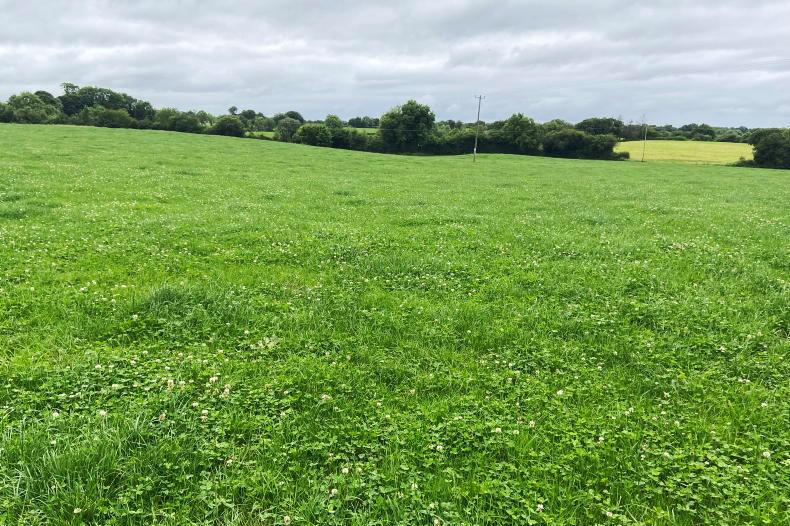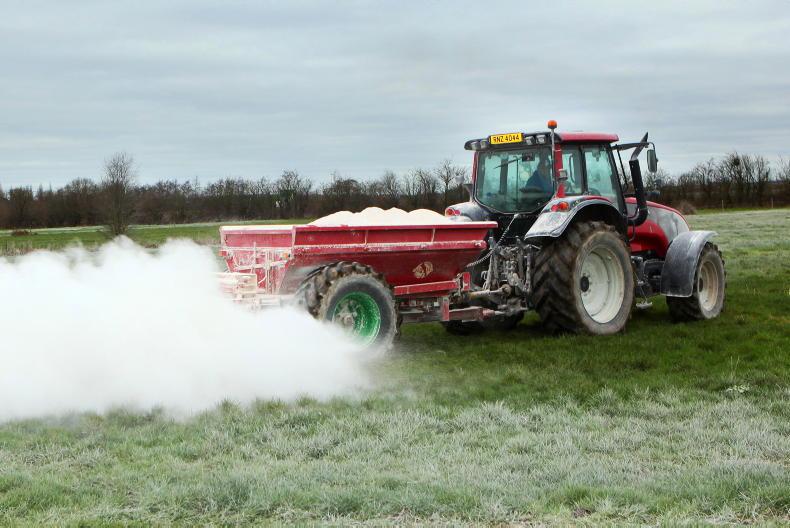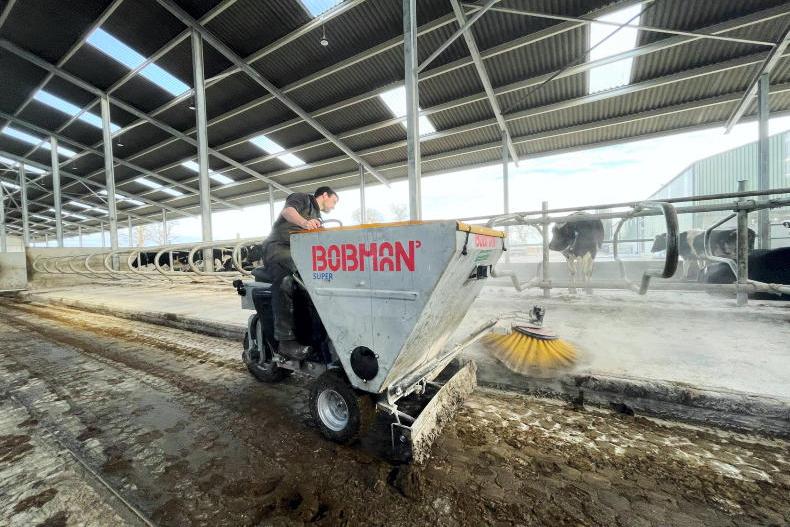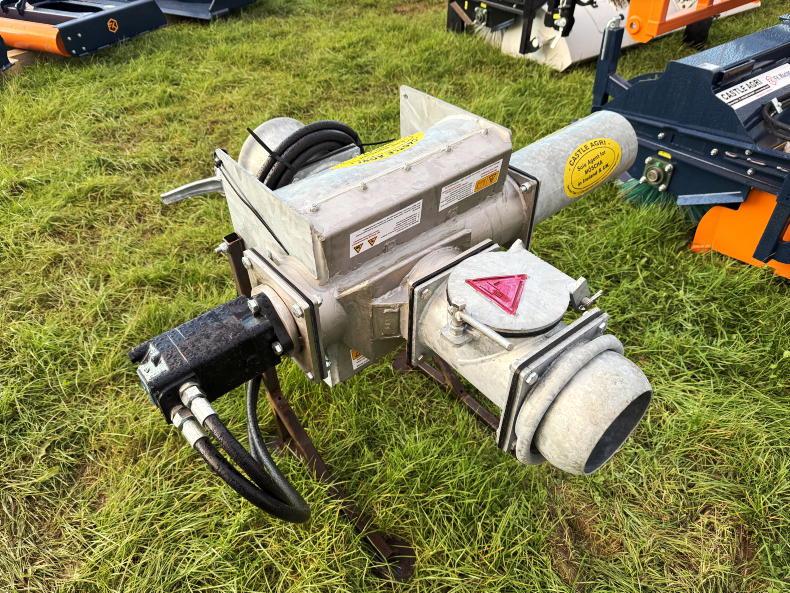Grass: Grass growth rates are best described as sluggish over much of the country.
Average growth rates are 45kg/day, which is historically low for early August.
Average farm cover, or the amount of grass available on farms, actually isn’t too bad at around 190kg/cow, but an issue on many farms is low pre-grazing yields.
You don’t want to be on anything shorter than a 21-day round at the moment. That is, unless grass growth rates start to skyrocket, which is possible in a week or two.
For now, sticking to a 21-day rotation length means splitting the farm into 21 sections and grazing one section per day. For example, if there are 100ac available for grazing, then the cows should be grazing 4.8ac per day. If there isn’t enough grass in this area to fully feed the cows, then you need to feed some supplement such as meal or silage. Usually, this may only be needed for a few days until such time as pre-grazing yield catches up to what is required.
It is much better to go in with this feed early, when average farm cover is reasonably OK, than waiting and letting average farm cover run down because you are on too fast of a round length. If this happens, a lot more feed will be needed and for longer.
However, the majority of farms continue to be in a comfortable position for grass and should not have to feed any supplement.
Lime: August is a good month for spreading lime. It’s critical to have soil pH at optimum levels for plant growth and soil microbes.
You wouldn’t stick your naked hand into the wash trough when doing an acid wash on the milking parlour, so how can you expect soil microbes and plant life to flourish when soil pH is low? Clover has a higher tolerance for pH than ryegrass, so more regular liming is going to be a key requirement where clover swards are being established.
It’s also important to recognise that protected urea seems to work better in soils at the right pH, but also that urea is harder on soil pH than CAN, so more regular liming will be necessary where protected urea is being used. Target soil pH is 6.2 to 6.5. On timing, lime should be spread a week or so after slurry or urea is applied.
If planning to apply slurry or urea after lime, leave it for four to six weeks before doing so, otherwise you risk losing some of the nitrogen. On rates, an application of 2t/ac is the general advice. As most loads come in 20t loads, you’d need at least 10ac to cover at any one time. It’s best not to spread lime on fields destined for grazing in the next two weeks.
Slurry storage: There is a growing realisation about the importance of sufficient storage. This is as much to do with being able to reduce chemical fertiliser, as it is about not being under pressure at the end of winter. The game changer is low emissions slurry spreading, as this allows slurry and soiled water to be spread on grazing ground during the summer with no soil contamination, thereby reducing the need for chemical nitrogen. Building costs are high now, but planning for additional storage should be on the minds of every farmer.
Grass: Grass growth rates are best described as sluggish over much of the country.
Average growth rates are 45kg/day, which is historically low for early August.
Average farm cover, or the amount of grass available on farms, actually isn’t too bad at around 190kg/cow, but an issue on many farms is low pre-grazing yields.
You don’t want to be on anything shorter than a 21-day round at the moment. That is, unless grass growth rates start to skyrocket, which is possible in a week or two.
For now, sticking to a 21-day rotation length means splitting the farm into 21 sections and grazing one section per day. For example, if there are 100ac available for grazing, then the cows should be grazing 4.8ac per day. If there isn’t enough grass in this area to fully feed the cows, then you need to feed some supplement such as meal or silage. Usually, this may only be needed for a few days until such time as pre-grazing yield catches up to what is required.
It is much better to go in with this feed early, when average farm cover is reasonably OK, than waiting and letting average farm cover run down because you are on too fast of a round length. If this happens, a lot more feed will be needed and for longer.
However, the majority of farms continue to be in a comfortable position for grass and should not have to feed any supplement.
Lime: August is a good month for spreading lime. It’s critical to have soil pH at optimum levels for plant growth and soil microbes.
You wouldn’t stick your naked hand into the wash trough when doing an acid wash on the milking parlour, so how can you expect soil microbes and plant life to flourish when soil pH is low? Clover has a higher tolerance for pH than ryegrass, so more regular liming is going to be a key requirement where clover swards are being established.
It’s also important to recognise that protected urea seems to work better in soils at the right pH, but also that urea is harder on soil pH than CAN, so more regular liming will be necessary where protected urea is being used. Target soil pH is 6.2 to 6.5. On timing, lime should be spread a week or so after slurry or urea is applied.
If planning to apply slurry or urea after lime, leave it for four to six weeks before doing so, otherwise you risk losing some of the nitrogen. On rates, an application of 2t/ac is the general advice. As most loads come in 20t loads, you’d need at least 10ac to cover at any one time. It’s best not to spread lime on fields destined for grazing in the next two weeks.
Slurry storage: There is a growing realisation about the importance of sufficient storage. This is as much to do with being able to reduce chemical fertiliser, as it is about not being under pressure at the end of winter. The game changer is low emissions slurry spreading, as this allows slurry and soiled water to be spread on grazing ground during the summer with no soil contamination, thereby reducing the need for chemical nitrogen. Building costs are high now, but planning for additional storage should be on the minds of every farmer.










SHARING OPTIONS